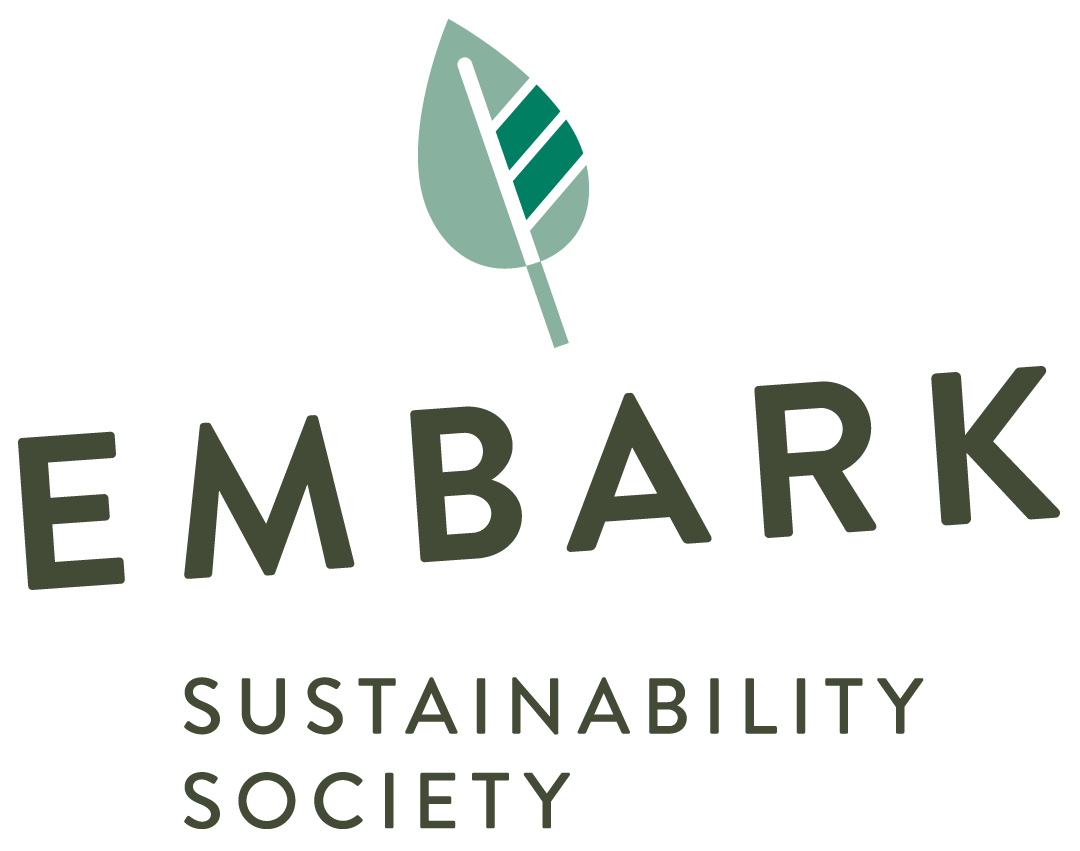A Clothing Swap to Fight against Kinder Morgan?
Our fast fashion, high mass-consumption based society creates more waste than we can imagine. Clothing swaps are a fun and easy way to indulge in environmentally-friendly consumption without hurting your wallet. But aside from swapping clothes, the purpose of this event was to raise funds and awareness for the intensifying fight against the Kinder Morgan pipeline expansion. All donations went to RAVEN Trust’s Pull Together campaign to support Indigenous people with their legal costs in court. 
The Planning Process
Last year, if you had told me that I would be planning a clothing swap fundraiser by myself, I would not have believed you. Although I have been involved with the events planning in the past, I had never organized an event alone. Without any experience, it was a big challenge and I had to do many things that took me out of my comfort zone. Through the support and resources of the Peer Program, such as creating a project plan and weekly peer-coaching, I was able to stay on track and complete each step of the process. My biggest challenge was creating promotional materials using online software. This presented as especially difficult as I am not someone who has a strong skill-set in digital marketing.
What Went Well
Through promotion and execution of the clothing swap, I reached many students and others in the community about these issues. Many students, who had no interest in the clothes stopped by to discuss the consequences of the pipeline and why people are so against it. It was inspiring and motivating to see how impactful one event can have on educating and bringing awareness of this important issue to our community. Relative to the number of participants (approx. 31) the total amount of donations was an impressive $229. It was useful to provide the option of donating by cash or online via credit card as some people didn’t have any cash. Overall, the event ran smoothly with no logistical setbacks.
What Could Have Gone Better
There were lots of clothing donations but not as many participants; therefore, there were many clothes left over. Although leftovers are being donated to a non-profit organization, it would have been nice for more participants to take clothes home as one of the primary objectives of the event was to reduce consumption and promote recycling of clothes to students. This could be improved next time through stronger social media outreach and promotion at SFU while tabling in the AQ. The length of the swap was also not long enough. If I could re-do the event, I would plan for a longer swap period while allowing clothing donations at any time of day (rather than only in the morning). Lastly, and most importantly, I would have liked to organize this event with another peer. Partnering with someone would double the resources and ideas available to be used. Not only was doing all the work difficult but collaborating with someone else would allow for different ideas, skills, and opinions to be leveraged throughout the process.
